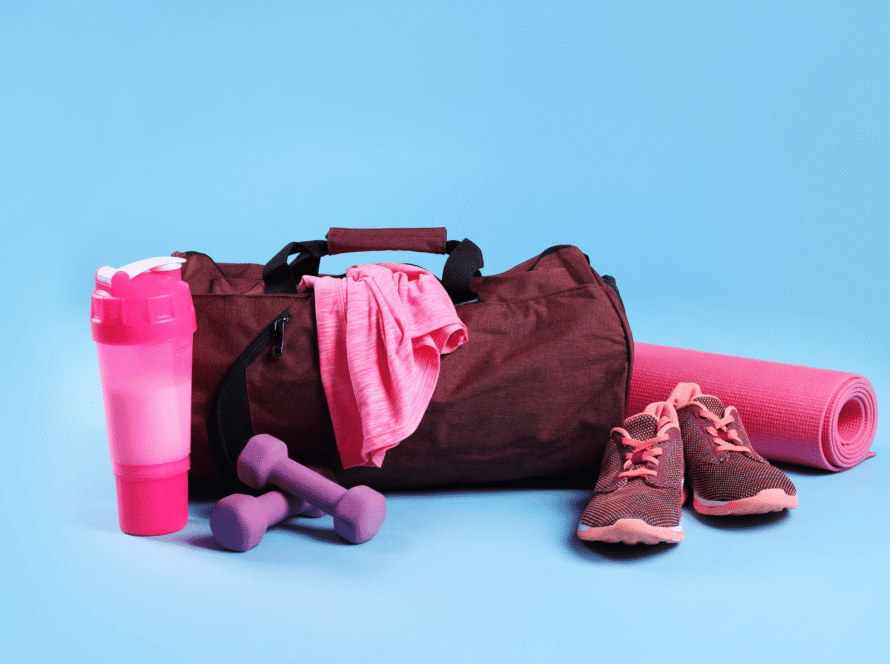When you see a finished sports jersey or tracksuit, it looks simple on the outside. But behind every piece of custom sportswear is a detailed process that combines creativity, technology, and craftsmanship. Understanding how your team’s uniform goes from concept to reality gives you a new appreciation for the effort behind it.
Step 1: The Design Concept
Every journey starts with an idea. Teams, clubs, or brands usually provide their logo, colors, and design inspiration. Designers then use software to create digital mockups that show how the final product will look. This stage is about capturing identity—making sure the sportswear represents the team’s spirit and style.
Step 2: Fabric Selection
The choice of fabric is one of the most important steps. Lightweight polyester for football kits, compression fabrics for activewear, and cotton blends for casual wear are common choices. Today’s fabrics are not just about comfort; they’re engineered for performance. Moisture-wicking, breathability, and stretch are key features that athletes demand.
Step 3: Printing and Decoration
Once the fabric is chosen, it’s time for decoration. Depending on the design, manufacturers use different methods:
- Sublimation for vibrant, all-over prints.
- Screen printing for bold, solid logos.
- Embroidery for classic finishes on crests and caps.
- Heat transfer for player names and numbers.
Each method gives a unique look and feel to the final garment.
Step 4: Cutting and Stitching
After printing, fabrics are cut into panels based on the design. Skilled workers then stitch them together using industrial machines. Strong seams are essential because sportswear must withstand intense physical activity. At this stage, small details like reinforced collars, elastic cuffs, or mesh panels are added.
Step 5: Quality Control
No product leaves the factory without going through quality checks. Inspectors look for accuracy in design, durability of stitching, and consistency in sizing. If something doesn’t meet the standard, it goes back for adjustments. This ensures every jersey, hoodie, or pair of joggers is game-ready.
Step 6: Private Labeling and Packaging
For brands ordering private-label sportswear, this is where custom neck tags, swing tags, and packaging are added. It transforms a generic product into a branded item that’s retail-ready. Professional packaging adds value and helps brands stand out in a competitive market.
Step 7: Delivery to the Client
Finally, the finished products are packed and shipped worldwide. Whether it’s a school team in Europe, a gym in the U.S., or a retailer in Asia, custom sportswear connects manufacturers with athletes across the globe.
Why This Process Matters
Knowing the process behind sportswear manufacturing helps teams and buyers understand the value of customization. It’s not just clothing—it’s a tailored solution designed to boost performance, build identity, and create unity.
Conclusion
Behind every piece of custom sportswear lies a story of design, fabric, technology, and craftsmanship. The next time you put on your jersey or tracksuit, remember that it represents more than just a uniform. It’s the result of a detailed journey, crafted to help you perform your best while carrying your identity with pride.

